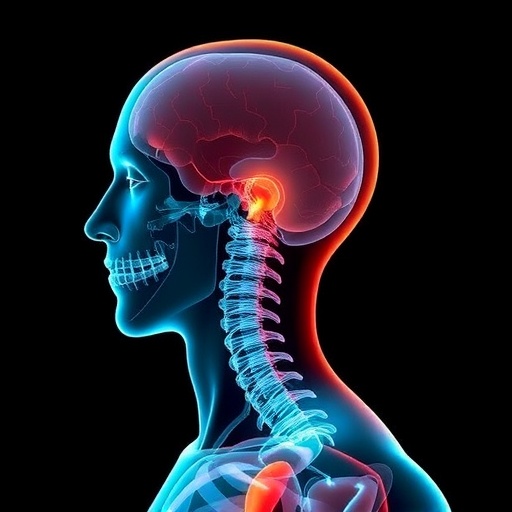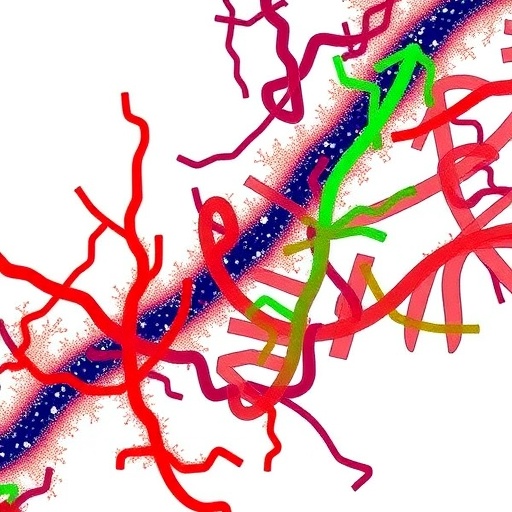Genetics determines some proteins in HDL, but others are picked up by chance
Cholesterol carried in high-density lipoprotein particles, or HDL cholesterol, has been dubbed the good cholesterol, because people whose HDL levels are high have a lower risk of developing heart disease. That link was first established in 1977 and has been confirmed over and over in epidemiological studies.
But in the past 15 years, a string of failed drug candidates meant to raise HDL, along with several high-profile genetic studies that disputed a causal link, led researchers to reexamine why HDL is such a good predictor of heart health.
“Around 2010, the belief was that HDL doesn’t matter with regard to cardiovascular disease risk. But now we understand that there’s more to HDL than HDL cholesterol level,” said Nathalie Pamir, a professor at the Oregon Health and Sciences University. “Now, the more we dig, the more exciting biology we discover.”
In an article in the Journal of Lipid Research, Pamir and colleagues report on an underappreciated part of HDL: not its lipids, but its proteins. They showed that a complex mix of genetic and environmental factors contribute to the protein makeup of HDL particles. The approach may eventually help unpack the lipoproteins’ puzzling relationship to heart health.
Pamir isolated and analyzed the HDL proteome from a panel of 100 healthy mouse strains. Unlike a single strain of mice, this panel includes a lot of genetic diversity, making it more like a human population and a more useful tool for geneticists. Pamir also measured some clinical features of each mouse, such as HDL’s ability to suction cholesterol out of macrophages in the plaques in the blood vessel.
“We interrogated as many traits as we could, and treated each protein that gets associated with HDL as a trait,” Pamir said. Then the team correlated each trait with the known genetic landscape of the hundreds of mice, revealing genetic loci that affect each protein or function.
The team found a number of genetic variants linked to cholesterol efflux capacity and several linked to the presence or abundance of certain proteins. Correlation between proteins hinted at complex interactions within the HDL proteome.
Senior author Jake Lusis of the University of California, Los Angeles said, “I think (this study is) the first time where you can see how genetics… could paint a really useful picture of how the different HDL components interact.”
While some proteins interacted strongly and were present in almost every strain, others varied a great deal between strains or even between genetically identical individuals. The team thinks that proteins in the second group are responding to environmental and metabolic changes in each mouse. For Pamir, they confirm a new way of thinking about HDL’s activity.
“It’s almost like a tiny Velcro ball that is rolling on surfaces, infiltrating intercellular space… and sampling from the environments that it’s been in,” she said. Stress from changes as small as mouse social hierarchy within a cage may change what HDL picks up.
The next step is to see whether the team’s finding that some parts of the HDL proteome are heritable and other parts respond to the environment holds true for humans too, Pamir said. “At the end of the day, a mouse is a mouse is a mouse.”
###
DOI: 10.1194/jlr.M090555
This study was funded by the National Institutes of Health and the American Heart Association.
Other authors on this study include Calvin Pan at UCLA; and Deanna Plubell, Patrick Hutchins, Chongren Tang, Jake Wimberger, Angela Irwin, Thomas de Aguiar Vallim, and Jay Heinecke at the University of Washington in Seattle.
About the Journal of Lipid Research
The Journal of Lipid Research (JLR) is the most-cited journal devoted to lipids in the world. For over 50 years, it has focused on the science of lipids in health and disease. The JLR aims to be on the forefront of the emerging areas of genomics, proteomics, and lipidomics as they relate to lipid metabolism and function. For more information about JLR, visit http://www.
About the American Society for Biochemistry and Molecular Biology
The ASBMB is a nonprofit scientific and educational organization with more than 11,000 members worldwide. Most members teach and conduct research at colleges and universities. Others conduct research in government laboratories, at nonprofit research institutions and in industry. The Society publishes three journals: the Journal of Biological Chemistry, the Journal of Lipid Research, and Molecular and Cellular Proteomics. For more information about ASBMB, visit http://www.
Media Contact
Laurel Oldach
[email protected]
240-283-6648
http://dx.




